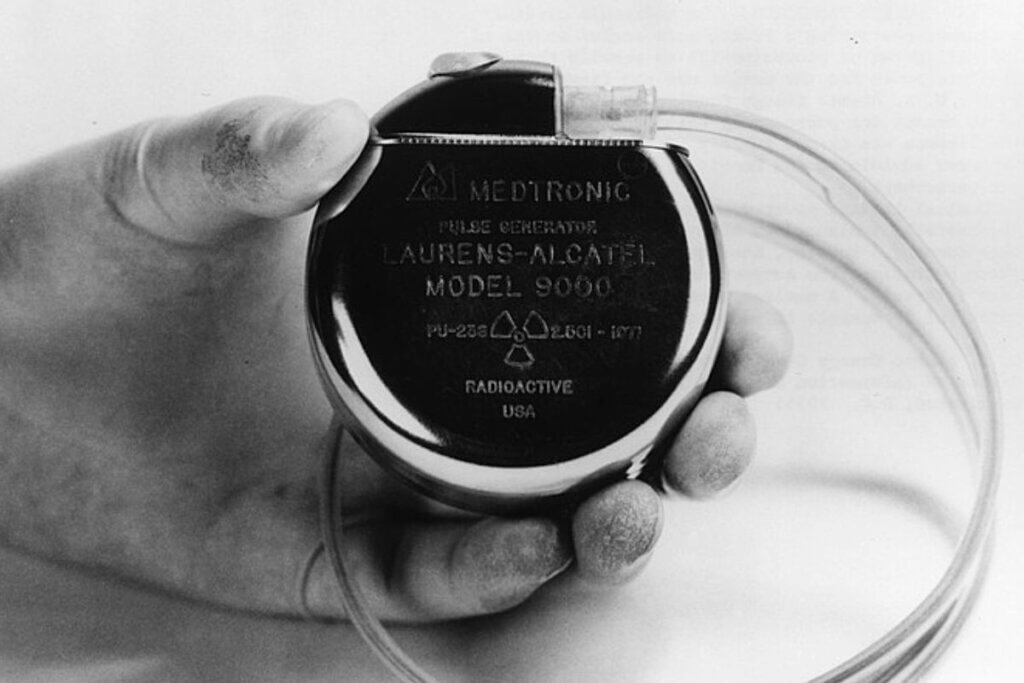Not all great ideas come from careful planning and brilliance. Sometimes, life throws a happy accident our way, and suddenly, the world changes forever. From delicious snacks to life-saving medicines, history is filled with inventions that were never meant to happen. These accidental discoveries prove that sometimes, the best ideas come from failure, clumsiness, and pure luck.
Penicillin Was The Mold That Became Medicine
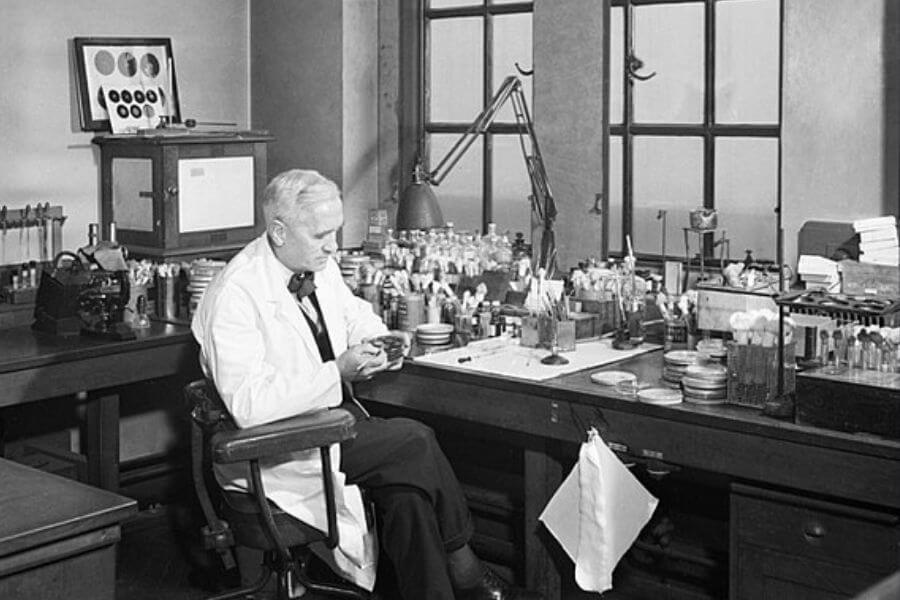
Alexander Fleming returned from vacation to find mold growing in his petri dishes. Instead of tossing them, he noticed the mold had killed surrounding bacteria, sparking his curiosity.
That mold, Penicillium notatum, became the first antibiotic. It revolutionized medicine, turning once-deadly infections into treatable conditions.
Penicillin paved the way for modern antibiotics, changing healthcare forever. What began as an accident became one of history’s greatest medical breakthroughs.
The Microwave: How Melted Chocolate Bar Led to Speedy Cooking
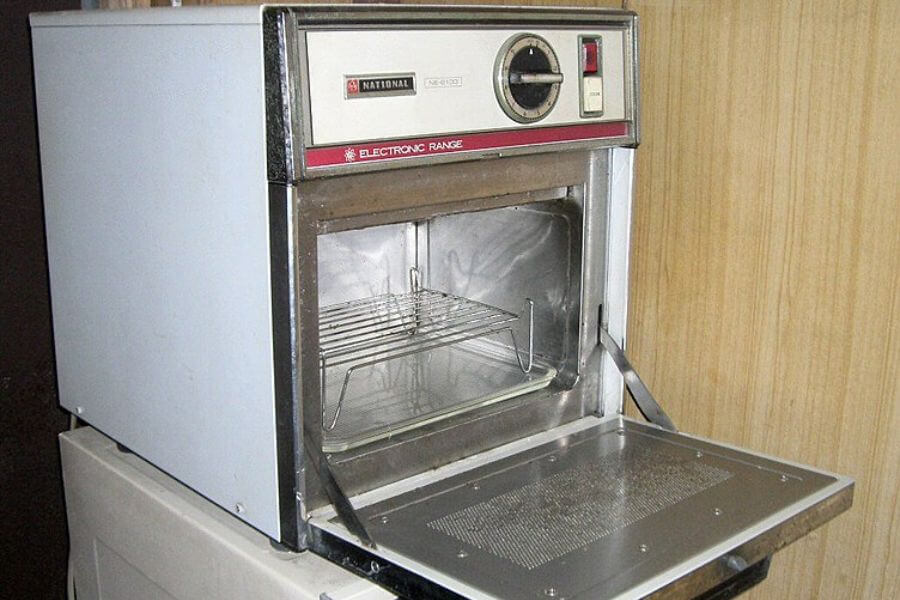
Percy Spencer, an engineer at Raytheon, was working on radar systems when he noticed something strange—his chocolate bar had melted in his pocket. Instead of ignoring it, he investigated.
He realized that microwaves from the radar equipment had caused the melting. Further experiments with popcorn and eggs confirmed that microwaves could cook food quickly.
Accidental snack destruction turned into a kitchen revolution. Now, microwaves are a household staple, making meal prep faster than ever. All thanks to a curious engineer who paid attention!
Post-it Notes Were Born Out Of a Failed Attempt to Create Super Glue
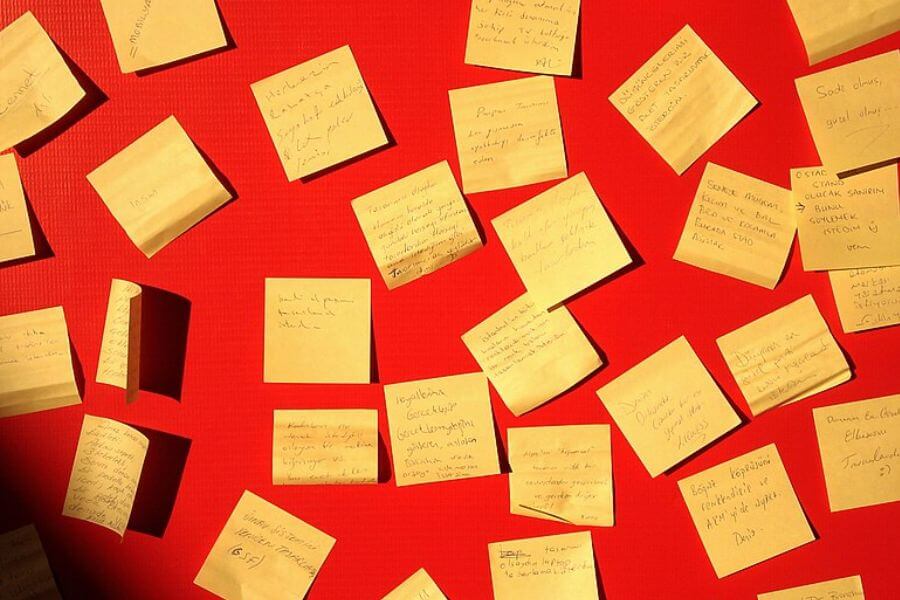
Dr. Spencer Silver was trying to create a super-strong adhesive at 3M, but he ended up with a weak, reusable glue instead. It stuck to surfaces but could be easily removed.
For years, nobody knew what to do with it. Then, his colleague, Art Fry, needed a way to keep his bookmarks from falling out of his hymnal at church.
That small problem led to the creation of Post-it Notes. Now, they’re everywhere—on desks, fridges, and walls—proving that even a weak glue can make a strong impact.
X-rays – A Glowing Accident That Let Us See Inside Ourselves
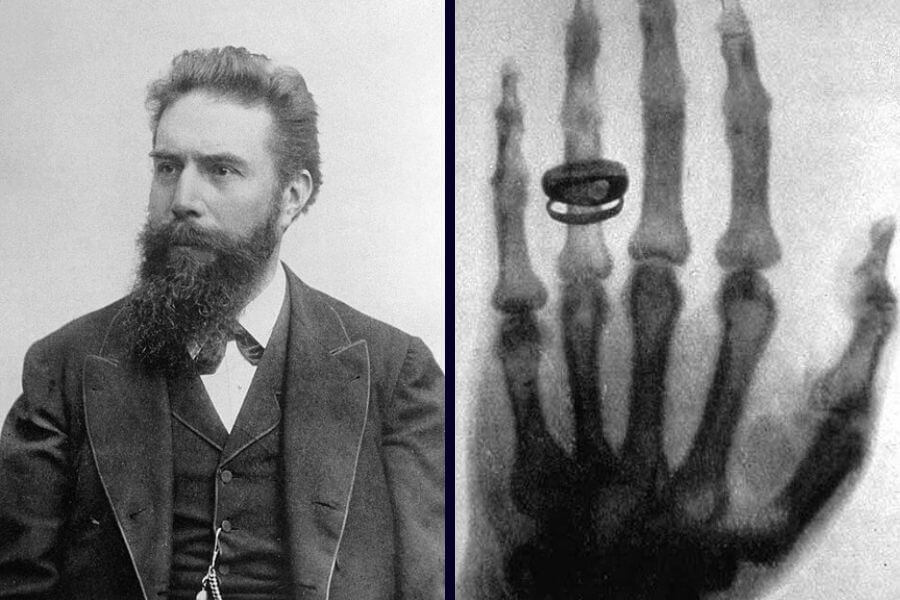
In 1895, Wilhelm Röntgen was experimenting with cathode rays when he noticed something strange. A nearby screen was glowing, even though there was a thick barrier between it and the light source.
Curious, he placed his hand in front of the screen and saw the bones inside. He realized he had discovered X-rays, allowing doctors to see inside the human body without surgery.
This accident revolutionized medicine. X-rays became an essential diagnostic tool, letting doctors detect fractures and diseases. A moment of curiosity led to a life-saving breakthrough.
Teflon Was a Slippery Surprise
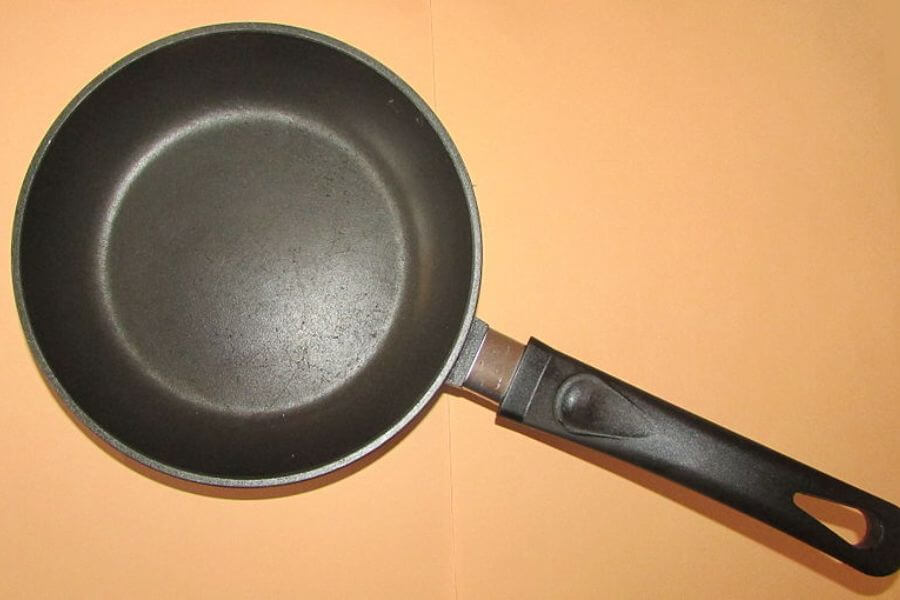
Roy Plunkett was trying to develop a new refrigerant gas in 1938 when he found a strange, waxy substance in his lab equipment. Instead of gas, he got a non-stick solid.
Curious, he tested it and found it was heat-resistant and incredibly slippery. This substance, now known as Teflon, became the key to non-stick cookware and industrial coatings.
From frying pans to astronaut gear, Teflon became a game-changer. A failed gas experiment led to one of the most useful materials of the modern era.
Play-Doh Was Originally a Wallpaper Cleaner
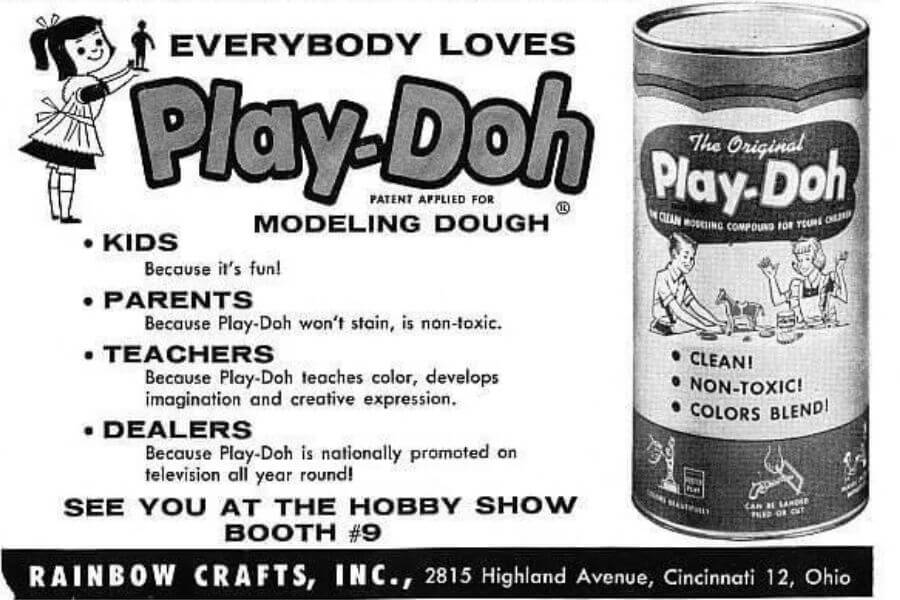
Play-Doh wasn’t always a toy. It was originally designed as a putty for cleaning soot off wallpaper. Unfortunately, as coal heating declined, demand for the cleaner plummeted.
Before the product was scrapped, a teacher discovered kids loved molding it like clay. The company rebranded it as a toy, added bright colors, and renamed it Play-Doh.
Today, Play-Doh is a childhood staple, selling millions of tubs worldwide. What was once a forgotten cleaning product became a creative tool for kids everywhere.
Coca-Cola Was Originally Medicine
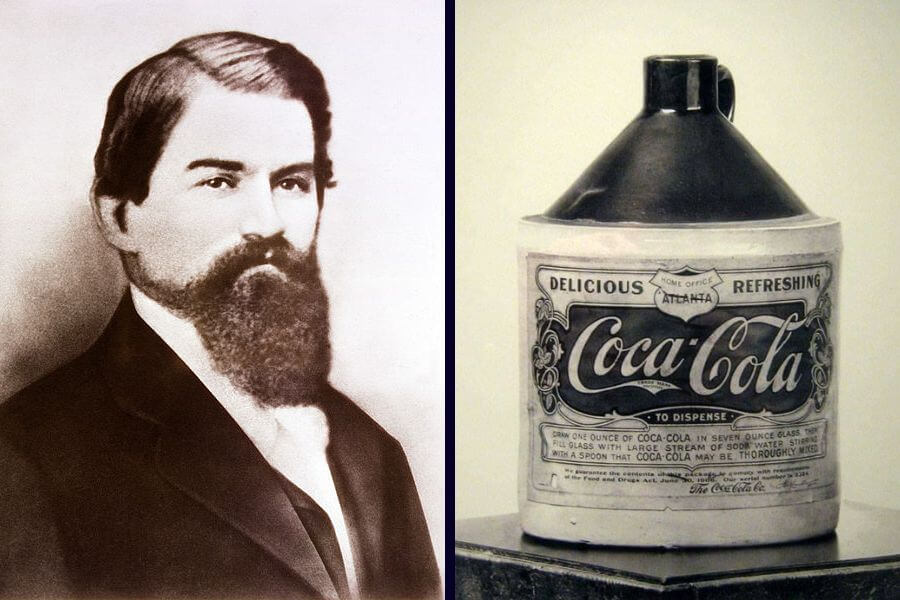
In 1886, Dr. John Stith Pemberton was trying to create a tonic for headaches. His formula mixed coca leaves (yes, those coca leaves) with kola nuts and other ingredients.
His assistant accidentally mixed it with carbonated water instead of regular water. The result? A fizzy, delicious drink that quickly became popular, not for medicine, but for its taste.
Eventually, cocaine was removed from the formula (thankfully), but the drink remained addictive. Now, Coca-Cola is one of the most recognized beverages in the world.
Corn Flakes Were an Overcooked Mistake That Became a Breakfast Staple
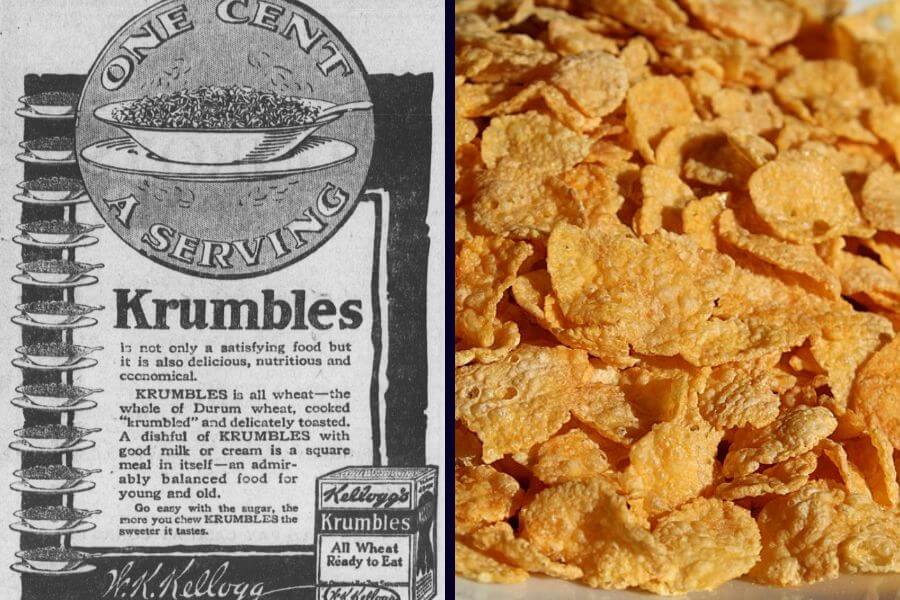
The Kellogg brothers were experimenting with wheat to create a healthy food alternative when they accidentally left a batch sitting too long. It dried out and flaked instead of forming dough.
Instead of tossing it, they toasted the flakes and tasted them. The crispy texture was unexpectedly good, leading them to try the same process with corn, inventing Corn Flakes.
Their mistake led to the birth of the breakfast cereal industry. A forgotten batch of dough became the foundation for a morning meal enjoyed worldwide.
Fireworks Were a Cooking Experiment That Went Boom

Over 2,000 years ago, a Chinese cook mixed saltpeter, charcoal, and sulfur by accident. When the mixture caught fire, it exploded, producing bright flashes of light.
Instead of running for cover, people realized this could be used for celebrations. Over time, the formula improved, and fireworks became a cultural tradition.
Now, fireworks light up the sky at celebrations worldwide, all because an ancient cook made an unexpected—and spectacular—mistake.
Safety Glass Was a Clumsy Chemist’s Lab Mishap
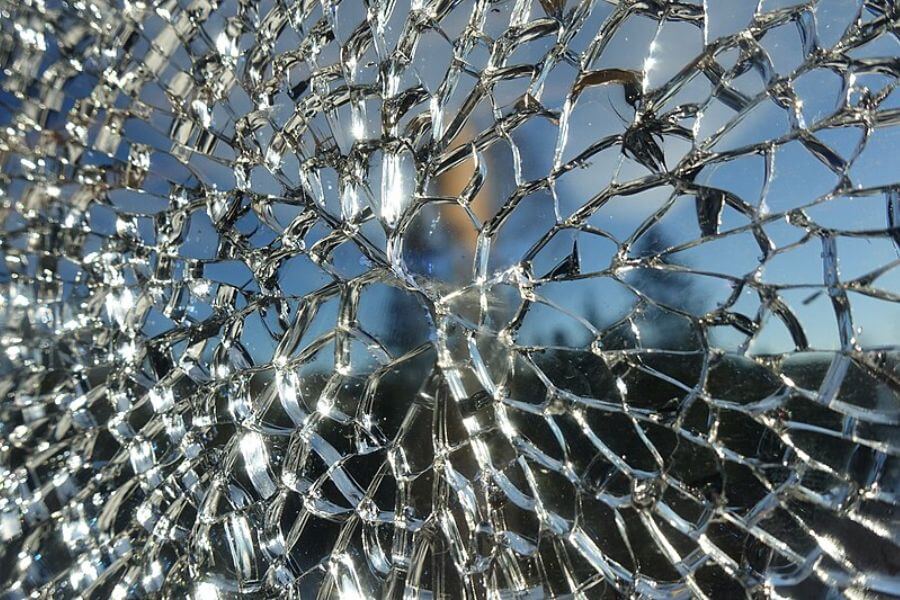
French chemist Edouard Benedictus was working in his lab when he accidentally knocked over a glass flask. To his surprise, it cracked but didn’t shatter completely.
Curious, he investigated and realized the flask had been coated in a thin layer of plastic from a previous experiment. The plastic kept the glass from breaking apart.
This discovery led to the development of safety glass, now used in windshields, eyeglasses, and skyscraper windows.
Super Glue Was Born Out of an Attempt to Create a Clear Plastic Gun
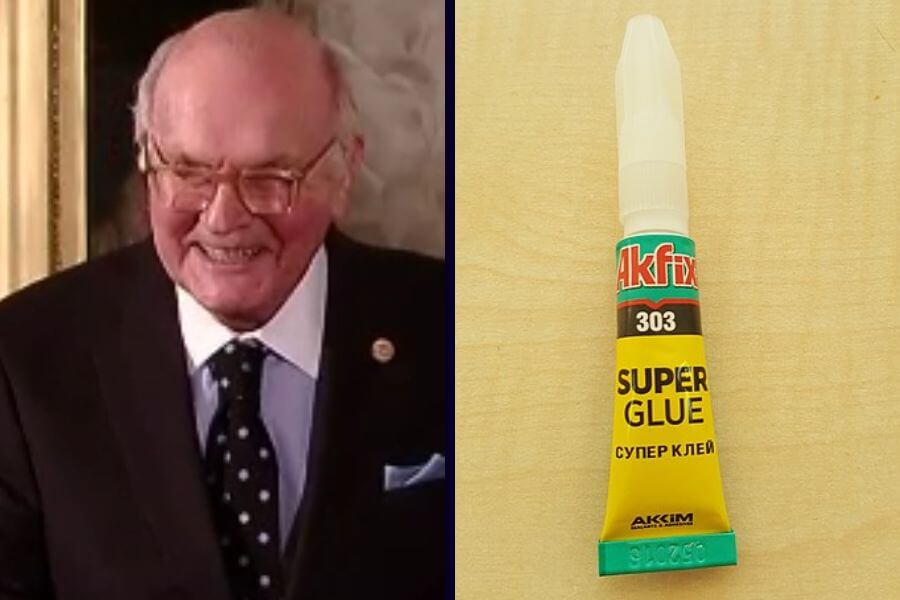
Dr. Harry Coover was working on creating clear plastic gun sights during World War II when he accidentally invented an extremely sticky substance. Unfortunately, it stuck to everything.
Deeming it too impractical, he abandoned the project. Years later, he revisited it and realized its potential as a fast-bonding adhesive. Thus, Super Glue was born.
Now, it’s a household essential used for fixing everything from broken vases to accidental craft disasters. A failed plastic experiment turned into one of the strongest adhesives known to mankind.
The Pacemaker Was Originally a Device to Record Heartbeats
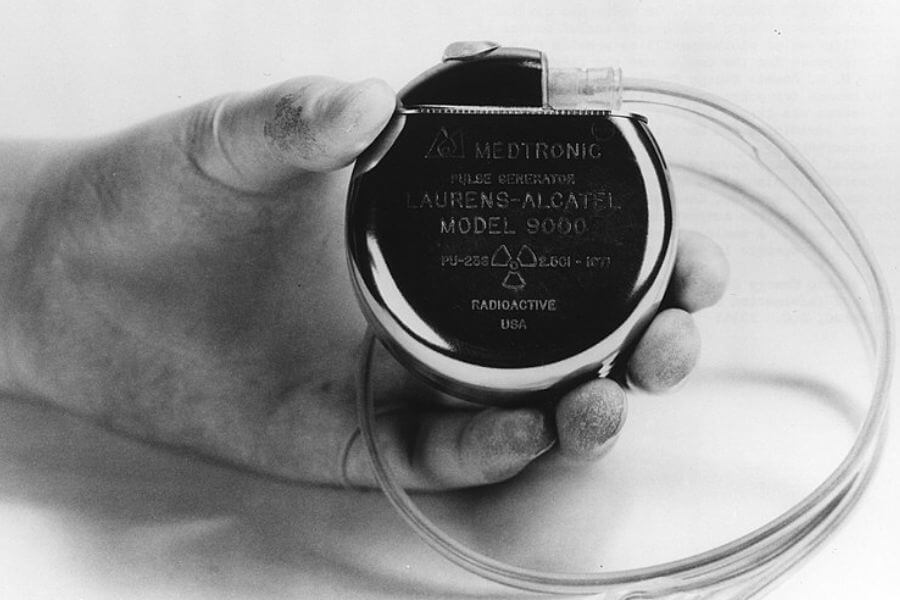
Engineer Wilson Greatbatch was building a device to record heartbeats when he accidentally inserted the wrong resistor. Instead of recording heart activity, it emitted electrical pulses.
Instead of considering it a failure, he realized the pulses could help regulate irregular heartbeats. He refined his design, and the first implantable pacemaker was created.
Thanks to this accidental discovery, pacemakers now help millions of people live longer, healthier lives. A tiny electronic mistake turned into a lifesaving medical breakthrough.
Ice Cream Cones: A World’s Fair Snack Crisis Solved
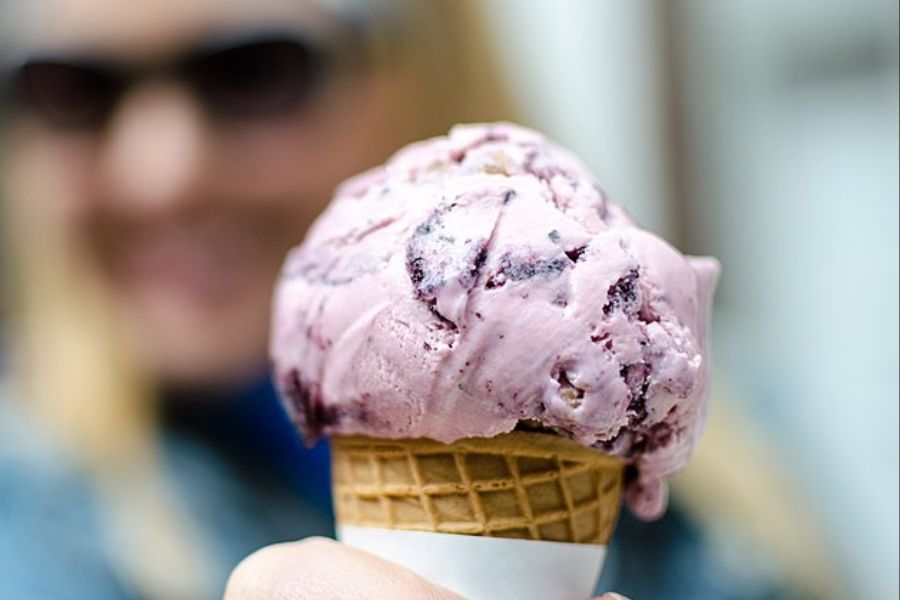
At the 1904 World’s Fair, an ice cream vendor ran out of bowls during a busy day. Desperate for a solution, he turned to a nearby waffle vendor for help.
The waffle seller rolled his waffles into cones, and they became the perfect edible container for ice cream. The idea caught on instantly, revolutionizing the dessert world.
Now, ice cream cones are a staple, proving that some of the best inventions happen when vendors panic at big events. Sweet treats and desperation—what a combo!
The Slinky Was Created By a Naval Engineer
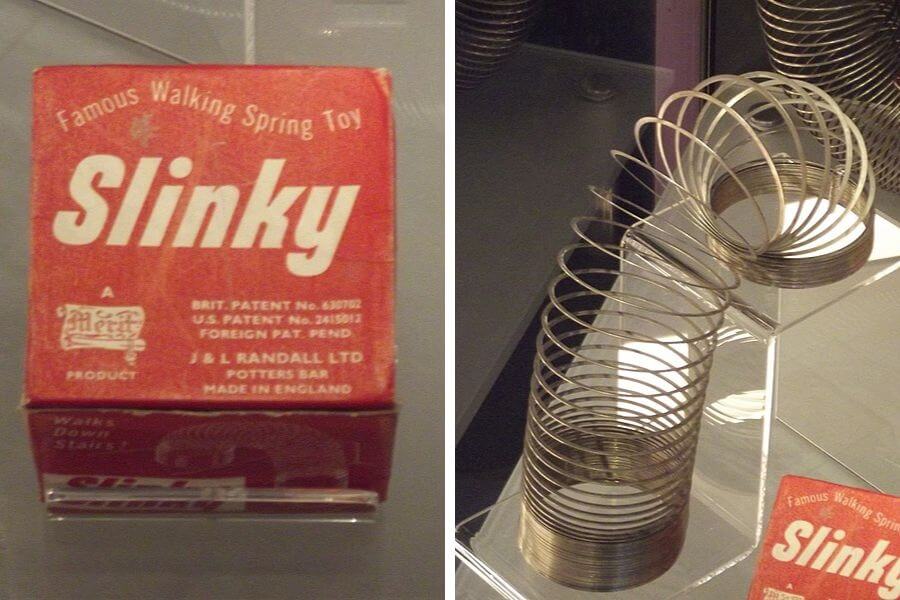
Naval engineer Richard James was working on stabilizing ship equipment when he accidentally knocked a tension spring off a shelf. Instead of just falling, it “walked” down.
Fascinated, he and his wife turned this bizarre movement into a toy. They tested different designs until they found the perfect one, and the Slinky was born.
Millions of kids (and cats) have since been entertained by the simple yet mesmerizing movement of this accidental toy. One clumsy moment led to decades of fun.
Chewing Gum Was Supposed to Be a Rubber Substitute
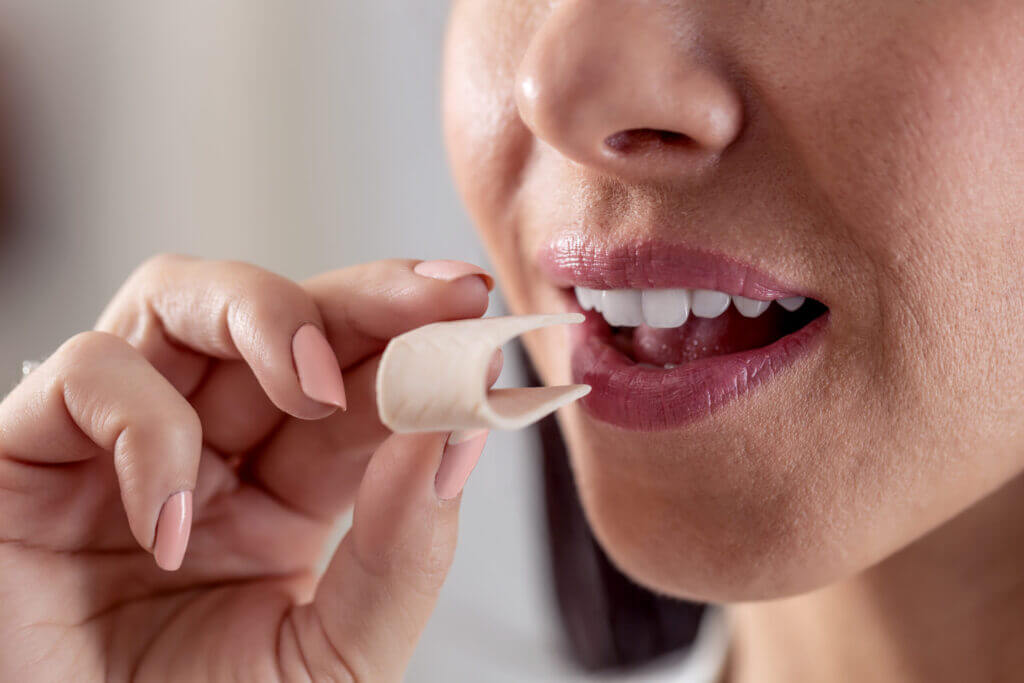
Thomas Adams was experimenting with chicle as a potential rubber substitute when he absentmindedly popped a piece into his mouth. Instead of rubber, he had gum.
Realizing its potential, he flavored it and marketed it as chewing gum. Soon, it became a hit, and a new industry was born.
Now, chewing gum is a global habit, from freshening breath to blowing bubbles. A failed rubber experiment turned into a worldwide chewing craze.
LSD Was Born as a Trippy Accident in a Swiss Lab
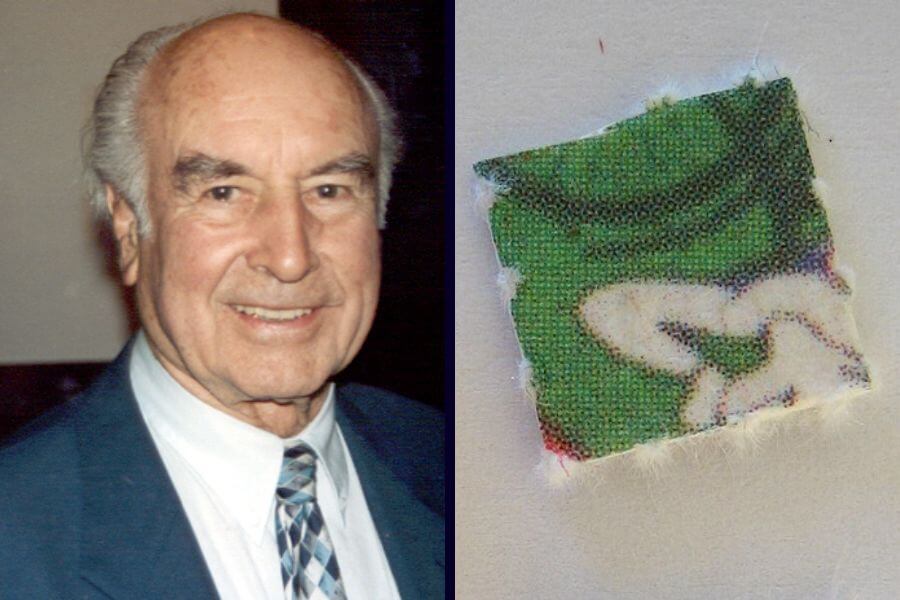
Swiss chemist Albert Hofmann was researching ergot fungus when he accidentally absorbed some through his skin. Suddenly, he experienced vivid hallucinations and a strange altered state of mind.
Instead of freaking out, he conducted further tests and discovered LSD, a powerful psychedelic. It would later influence art, culture, and controversial scientific research.
What started as an ordinary lab experiment turned into one of the most famous (and debated) substances in history. A mistake that changed consciousness forever.
Plastic Was Actually a Failed Experiment
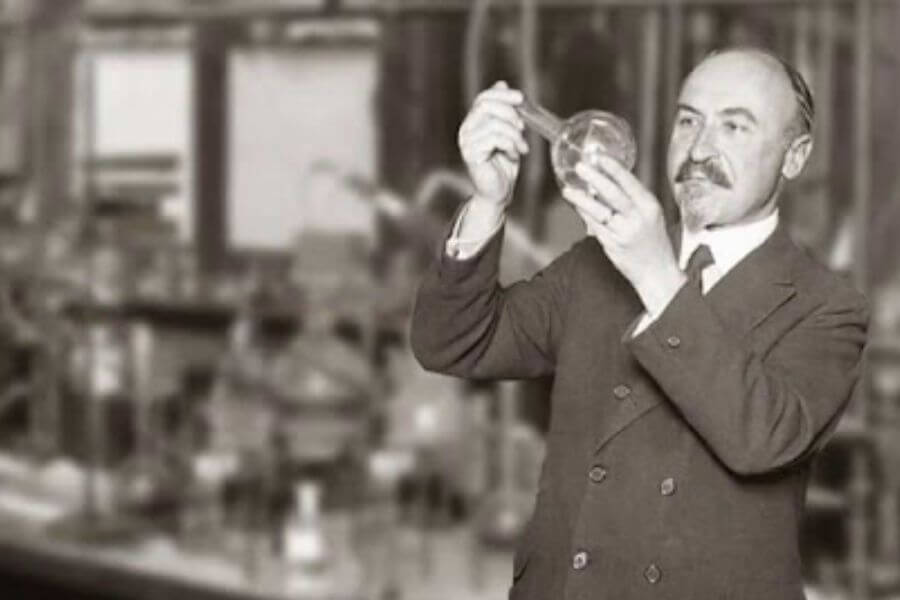
Leo Baekeland was searching for a synthetic replacement for shellac, a natural resin used in electrical insulation. Instead, he created a durable, moldable material.
He realized his accidental discovery had enormous potential. He called it Bakelite—the world’s first fully synthetic plastic. Soon, it was used in everything from radios to furniture.
Now, plastic dominates modern life, both as a convenience and an environmental issue. One unexpected discovery reshaped the world in ways no one could have imagined.
Matches Was Fire at the Tip of a Stick
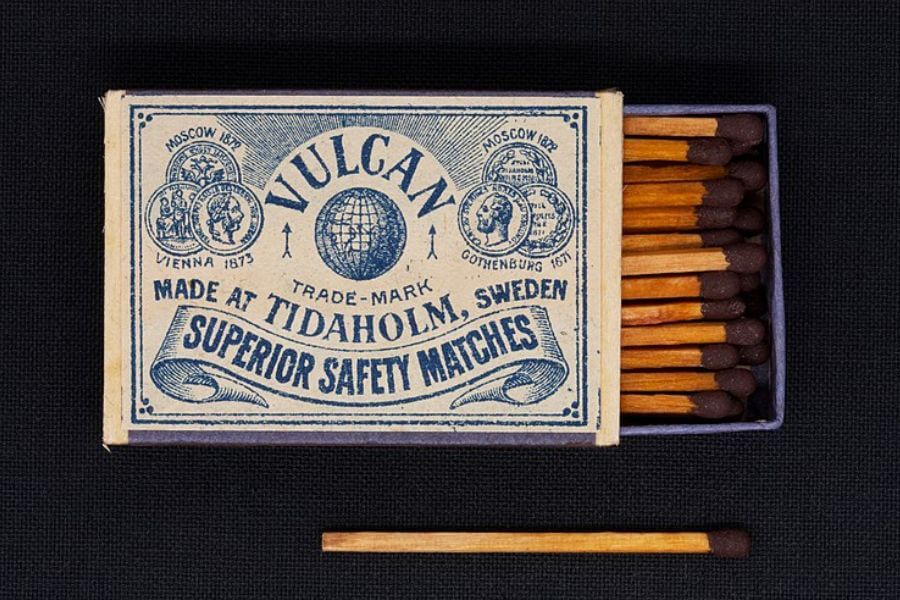
Chemist John Walker was stirring chemicals with a wooden stick when he noticed a dried lump at the tip. When he tried to scrape it off, it caught fire.
Realizing he had stumbled upon something useful, he refined the design and created the first friction matches. Suddenly, lighting a fire became incredibly easy.
Today, matches are used worldwide for lighting candles, campfires, and stoves. A careless stirring mistake led to a game-changing fire-starting tool.
Potato Chips Were Born out of a Chef’s Revenge
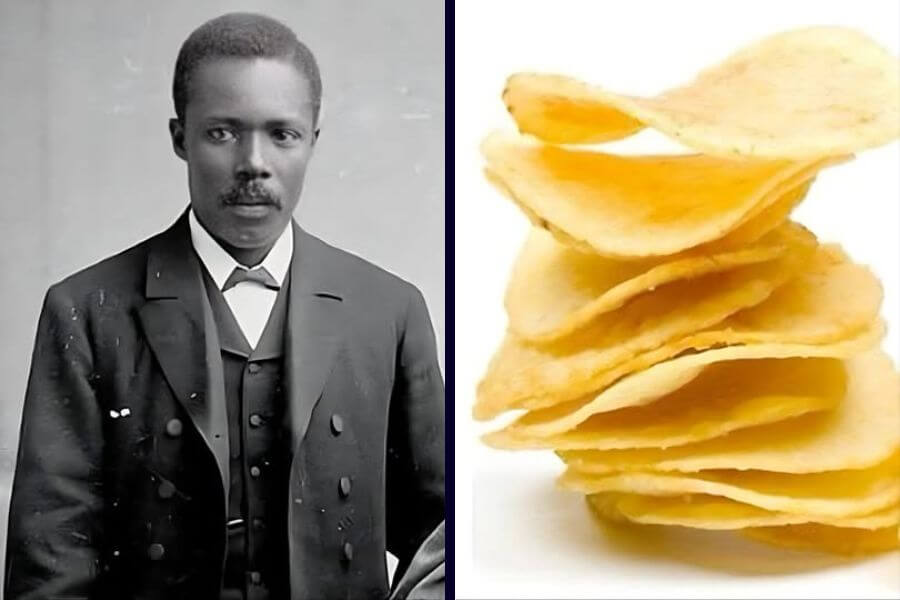
In 1853, chef George Crum was fed up with a customer who kept complaining that his fries were too thick. Out of spite, he sliced them paper-thin and fried them extra crispy.
To his surprise, the customer loved them. Word spread, and soon, potato chips became a popular snack. What started as a petty kitchen tantrum turned into a billion-dollar industry.
Now, chips are a favorite snack worldwide. All because one chef decided to be extra dramatic in response to a picky eater.
Beer Was a Bubbly Accident That Became a Civilization Staple
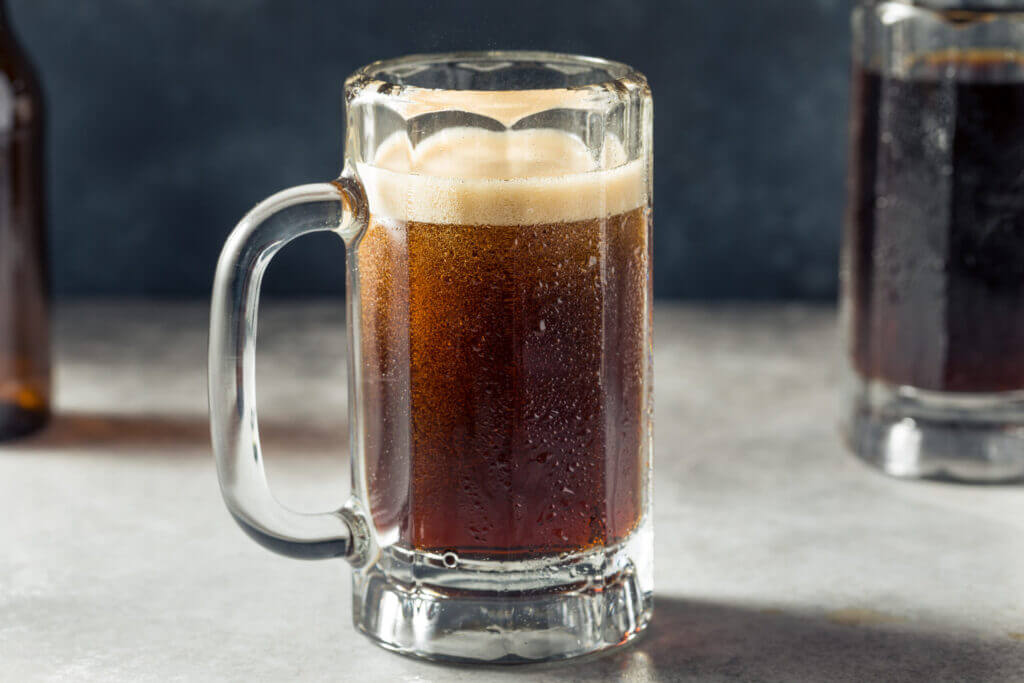
Thousands of years ago, ancient humans accidentally left grains soaking in water too long. Fermentation happened, creating a slightly alcoholic, bubbly drink.
Instead of throwing it out, someone tasted it (brave soul) and realized it was delicious. Beer quickly became a staple in early societies, evolving over centuries.
Today, beer is one of the most popular beverages in the world. One forgotten bowl of grain water turned into a drink that shaped entire cultures.
Stainless Steel: The Rust-Free Metal That Wasn’t Planned

Harry Brearley, a British metallurgist, was trying to develop a corrosion-resistant gun barrel. Instead, he ended up with a steel alloy that resisted rust completely.
He quickly realized this metal had more uses beyond weaponry. Soon, stainless steel became essential in cutlery, medical tools, and buildings.
Now, it’s everywhere, keeping our kitchens, hospitals, and skyscrapers rust-free. A military experiment turned into a modern necessity.
Silly Putty Was Originally a Wartime Experiment
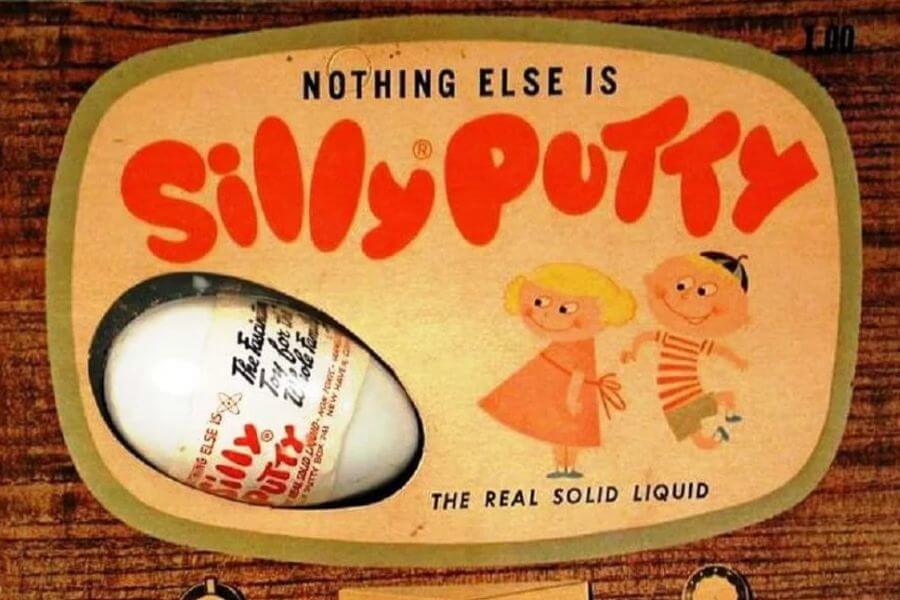
During World War II, scientists were trying to develop a rubber alternative for military use. Instead, they created a weird, stretchy, bouncy substance with no clear purpose.
It didn’t work as rubber, but someone realized it made a fun toy. Marketed as Silly Putty, it became an instant hit with children.
Now, it’s a classic toy, proving that even failed wartime science projects can bring joy to generations. Who needs practical solutions when you have fun?
Saccharin Was a Coal Tar Derivative
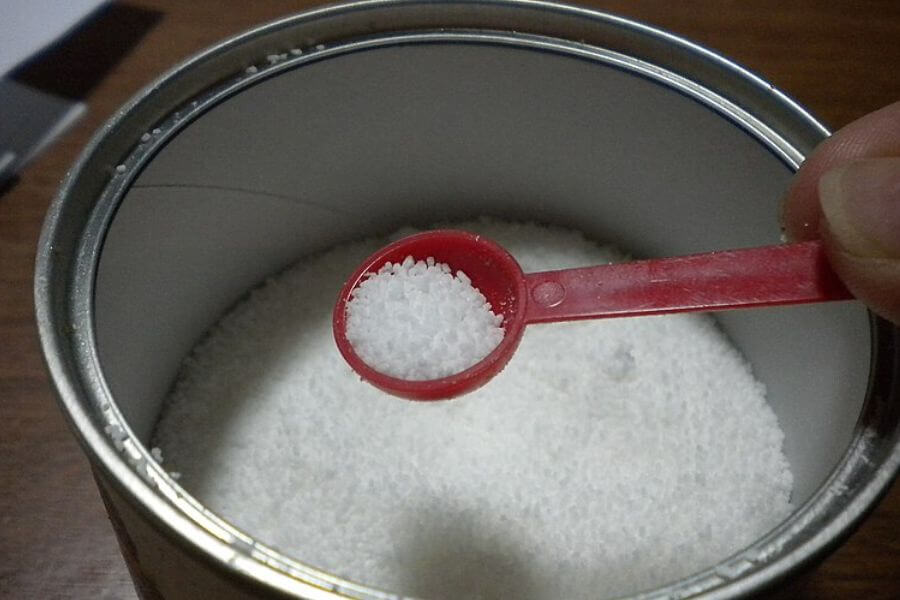
A chemist working on coal tar derivatives forgot to wash his hands before eating. His food tasted strangely sweet, and he realized he had discovered a sugar substitute.
Instead of ignoring the weirdness, he investigated and refined saccharin, the first artificial sweetener. It later became popular for diabetics and diet drinks.
Now, artificial sweeteners are a billion-dollar industry. A simple case of bad lab hygiene led to a sugar alternative used worldwide.
Anesthesia Was Laughing Gas That Led to Painless Surgery
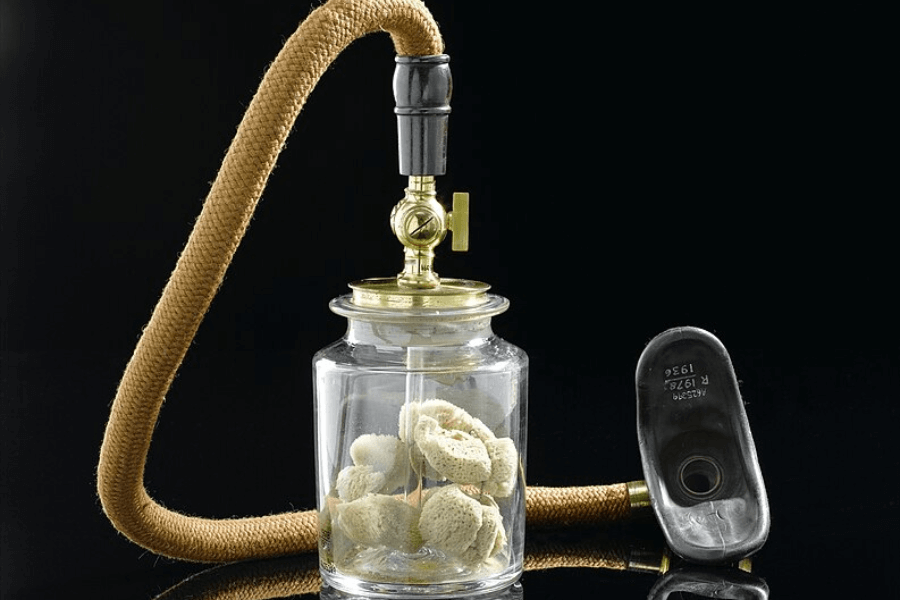
Before anesthesia, surgery was pure horror. In the 1800s, doctors noticed that people inhaling nitrous oxide (laughing gas) felt little to no pain.
At first, it was used recreationally, but a few brave doctors tested it for medical purposes. Soon, ether and chloroform were also used to make surgeries painless.
Now, anesthesia is standard in medicine. A gas meant for parties ended up being one of the most important medical discoveries in history.
The Popsicle Was Born Out of a Kid’s Wintertime Mistake
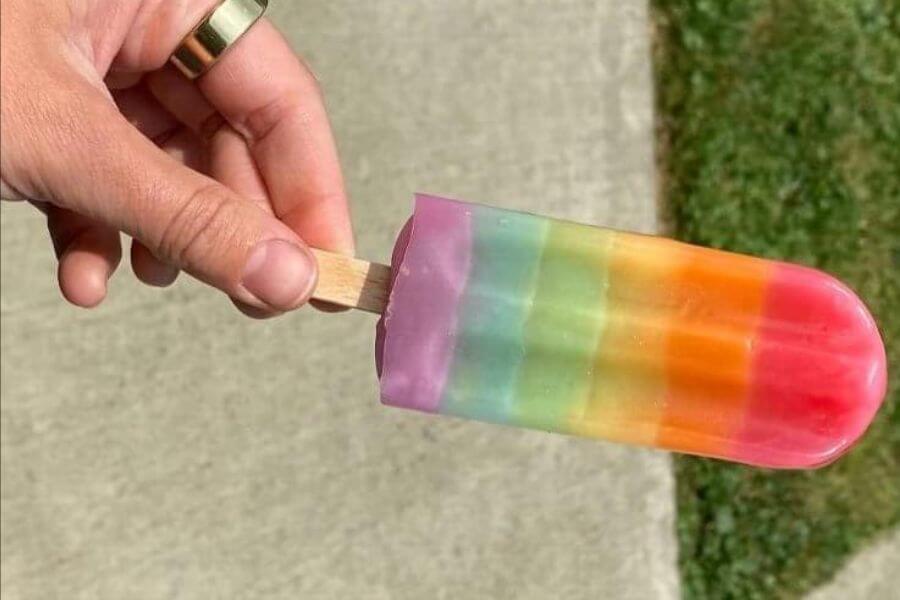
In 1905, 11-year-old Frank Epperson accidentally left a cup of soda with a stirring stick outside overnight. By morning, the drink had frozen solid.
Instead of throwing it out, he pulled out the stick and licked it, discovering a delicious frozen treat. He called it the “Epsicle” before eventually renaming it Popsicle.
Now, Popsicles are a summer staple enjoyed worldwide. A forgotten cup of soda turned into one of the simplest yet most beloved desserts ever.
The Implantable Defibrillator Was Born to Probe a Point
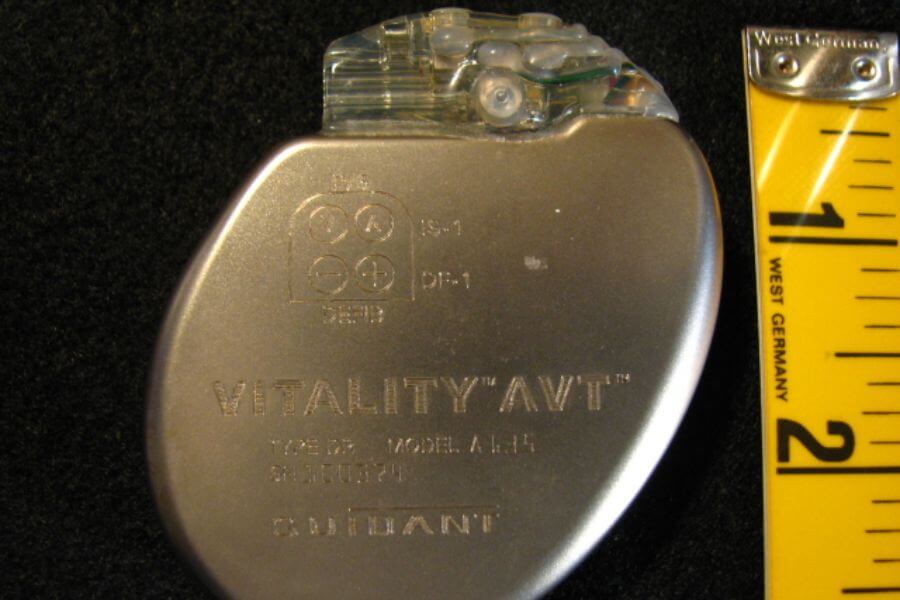
Dr. Paul Zoll was arguing with a colleague about whether a small defibrillator could be implanted in the human body. To prove a point, Dr. Michel Mirowski actually built one.
The first prototype was crude, but it worked. Soon, technology improved, and implantable defibrillators became common for heart patients at risk of cardiac arrest.
Now, millions of lives have been saved by a device that started as a simple “bet you can’t” moment in a medical debate. Science is wild like that.
The Color Mauve: An Accidental Discovery that Changed Fashion

In 1856, 18-year-old William Perkin was trying to create a cure for malaria. Instead, his experiment left behind a strange purple sludge.
Instead of discarding it, he realized the substance dyed fabric beautifully and didn’t fade. He had accidentally created the first synthetic dye, which took the fashion world by storm.
Now, synthetic dyes are used in everything from clothes to paint. A failed medical experiment launched the colorful world of modern fashion.
The Big Bang Theory Was Born Out of a Hissing Sound

In 1964, radio astronomers Arno Penzias and Robert Wilson kept hearing annoying background noise in their telescope, no matter how much they adjusted it.
After ruling out pigeons nesting in the equipment, they realized the noise was cosmic radiation left over from the birth of the universe—the proof of the Big Bang.
Now, the Big Bang Theory is widely accepted, all thanks to two guys trying to fix a static problem on their telescope. A major cosmic accident indeed.
Bubble Wrap Was a Failed Wallpaper Idea
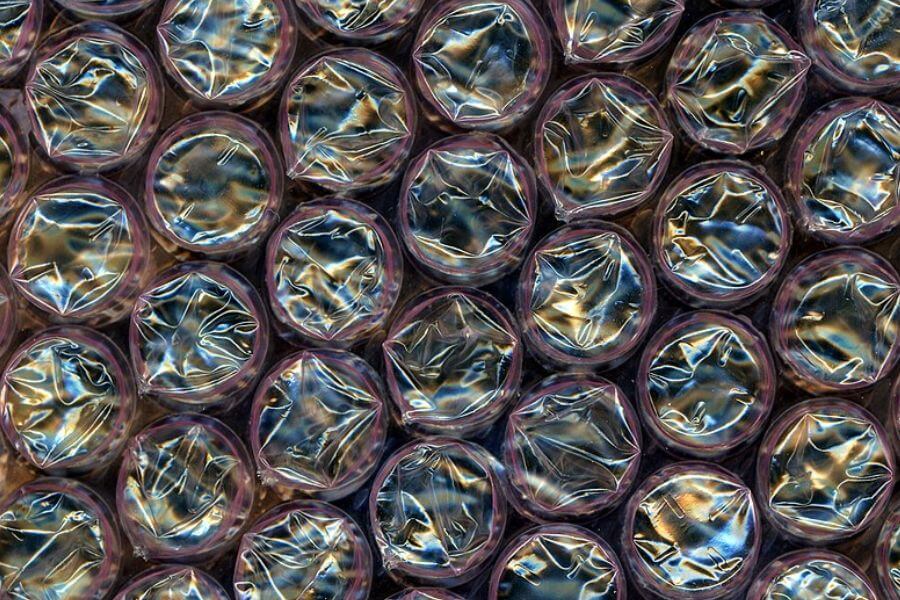
In 1957, engineers Alfred Fielding and Marc Chavannes tried to create a textured, washable wallpaper. What they got was a bunch of sealed plastic air pockets.
The wallpaper idea flopped, but they soon realized the material was perfect for protecting fragile items. Thus, Bubble Wrap was born.
Now, it’s a packaging necessity—and a stress-relieving toy. What started as a home décor fail became one of the most fun inventions ever.
Doctors Used Botox to Treat Eye Spams Until They Noticed a Side Effect

Botulinum toxin is one of the deadliest poisons known to humanity. In the 1980s, doctors were using it to treat eye spasms when they noticed an unexpected side effect—fewer wrinkles.
This accidental discovery led to Botox becoming a billion-dollar cosmetic treatment. What was once a terrifying neurotoxin became the go-to solution for fine lines.
Now, Botox is used for both beauty and medical treatments. A poison meant to kill turned into a wrinkle-fighting phenomenon.
The Rubber Band Was a Factory Worker’s Quick Fix
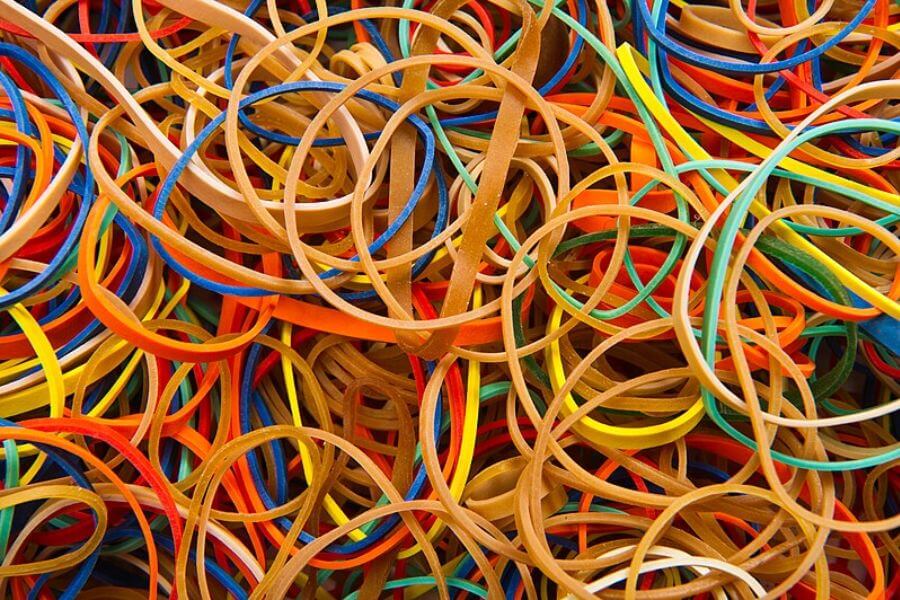
Stephen Perry, a British factory owner, was looking for a way to keep papers together without using string. While playing with rubber, he realized it had elastic properties.
He cut the rubber into loops, and the first rubber bands were born. Suddenly, people had an easy way to bundle items together.
Now, rubber bands are everywhere, from offices to classrooms. A simple, accidental idea turned into a billion-dollar industry.
The Frisbee Was a Pie Tin That Became a Backyard Classic
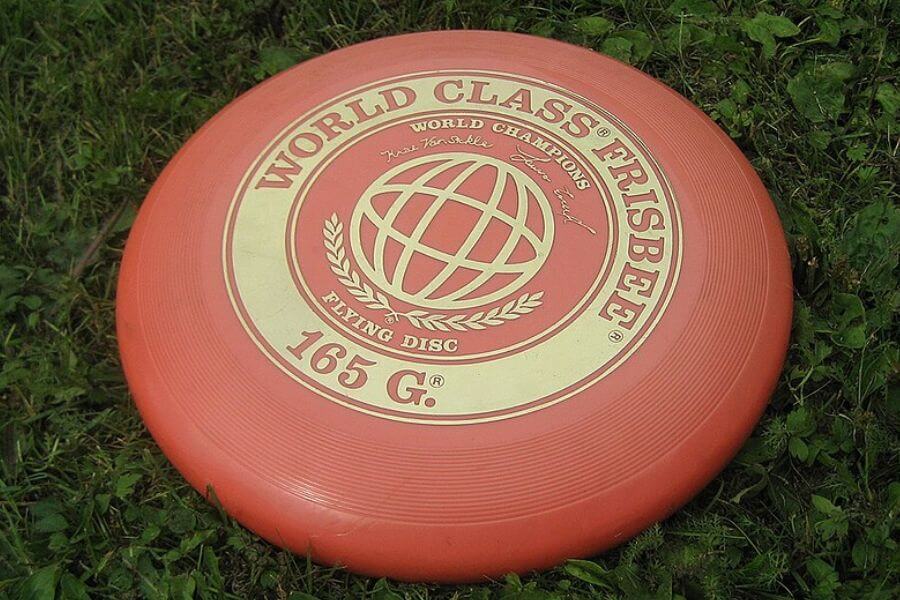
In the 1940s, college students discovered that empty pie tins from the Frisbie Baking Company made great flying discs. Soon, tossing tins became a campus-wide trend.
Seeing an opportunity, toy makers redesigned the tins into plastic discs, renaming them Frisbees. The simple game took off, becoming an international sensation.
Now, Frisbees are a park and beach staple. What started as a way to kill time turned into a timeless outdoor activity.
The Telephone Was a Lucky Circuit Mistake Leads to Instant Communication
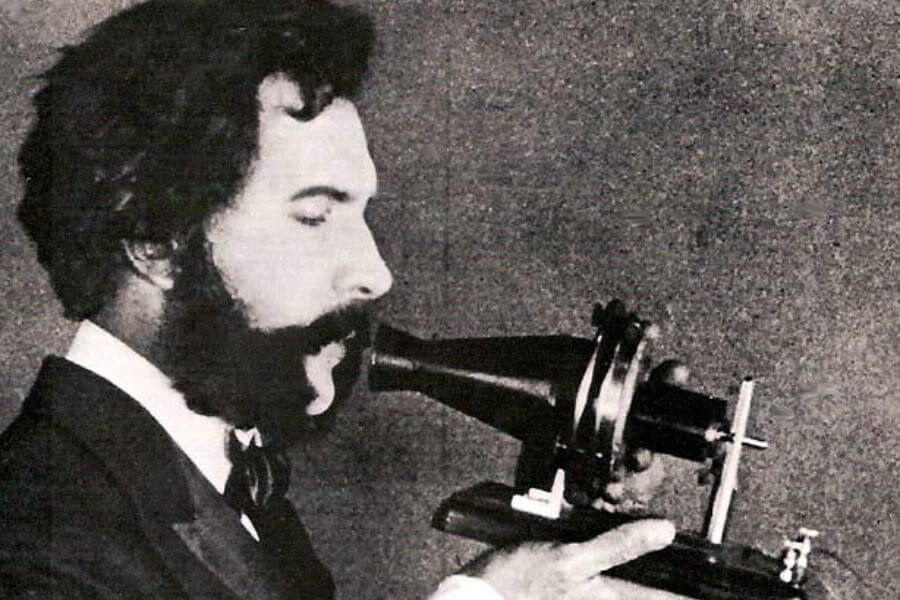
Alexander Graham Bell was working on improving the telegraph when his assistant accidentally triggered a signal that transmitted sound.
Bell heard it and realized voices could be sent through wires. He quickly refined the invention and made the first phone call to his assistant. Just like that, the telephone was born.
Now, we have smartphones, video calls, and instant messaging—all thanks to an electrical mistake in a 19th-century lab.
The Lava Lamp Was Originally a Bar Trick
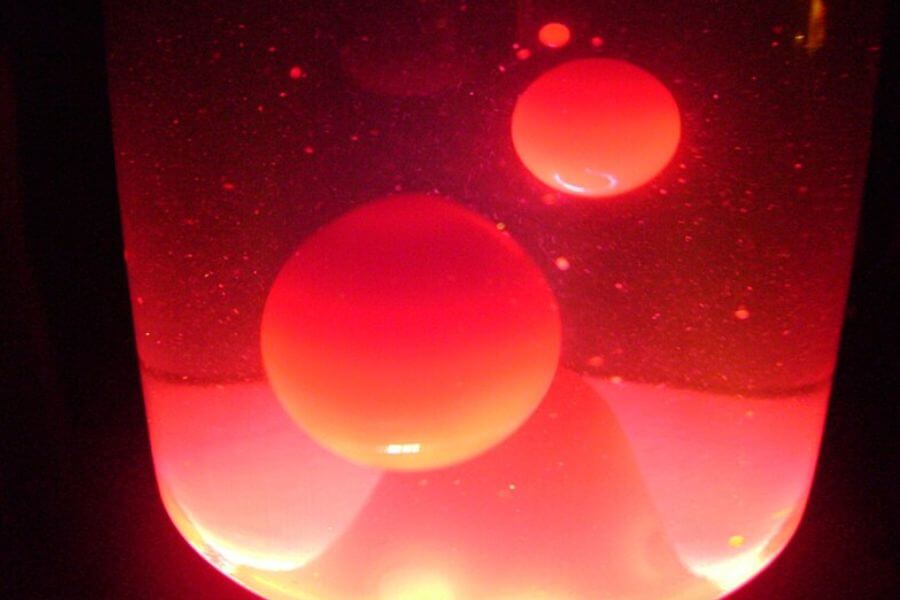
British inventor Edward Craven Walker was in a pub when he saw a homemade lamp made of liquid-filled blobs floating in oil.
Inspired, he refined the design and marketed it as a psychedelic decoration. It became a symbol of the 1960s counterculture movement.
Now, lava lamps are a nostalgic home décor staple. A bar trick became an enduring icon of retro style.
The Chocolate Chip Cookie Was a Sweet Mishap
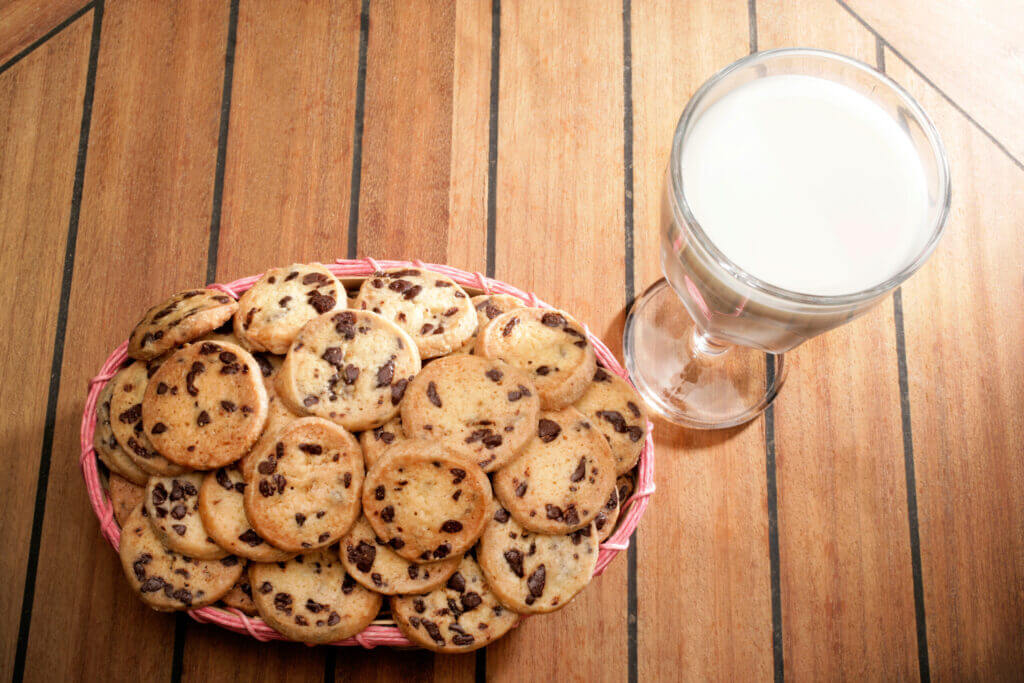
In 1938, Ruth Wakefield was baking at the Toll House Inn when she ran out of baker’s chocolate. Improvising, she broke up a Nestlé chocolate bar, expecting it to melt evenly.
To her surprise, the chunks held their shape, creating the first-ever chocolate chip cookies. Instead of fixing her “mistake,” she leaned into it and started selling them.
Now, chocolate chip cookies are one of the most beloved treats in the world. A baking shortcut turned into a sweet sensation that nobody can resist.
The Synthetic Diamond: A Pressure Test Gone Right
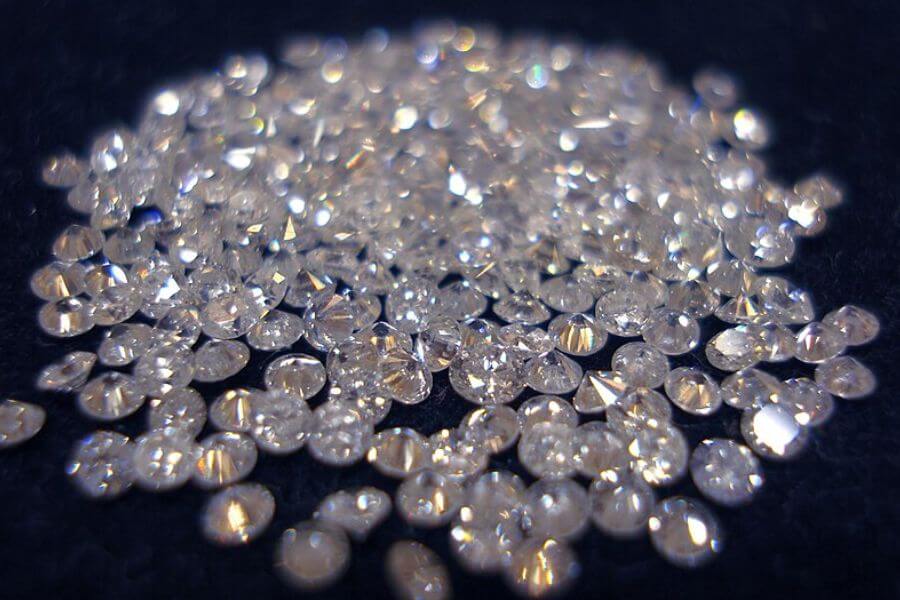
In the 1950s, scientists at General Electric were testing extreme heat and pressure to mimic Earth’s mantle. Unexpectedly, they created synthetic diamonds.
Initially, these lab-grown diamonds were too small for jewelry but ideal for cutting and drilling. Over time, advancements allowed for larger, gem-quality stones, making synthetic diamonds viable.
Today, lab-created diamonds are nearly identical to natural ones, used in luxury jewelry and industry.
The Internet Startes a s Simple Communication Experiment

In the 1960s, scientists at ARPANET were working on a way for computers to talk to each other over long distances. At first, it was meant only for government research.
One day, a programmer accidentally sent part of a message before the system crashed. But even that small success proved the concept worked, leading to further development.
Now, the internet is the backbone of modern life, all thanks to an accidental early transmission. A tiny mistake created the digital world we live in today.
Burrs on a Dog Inspired Velcro
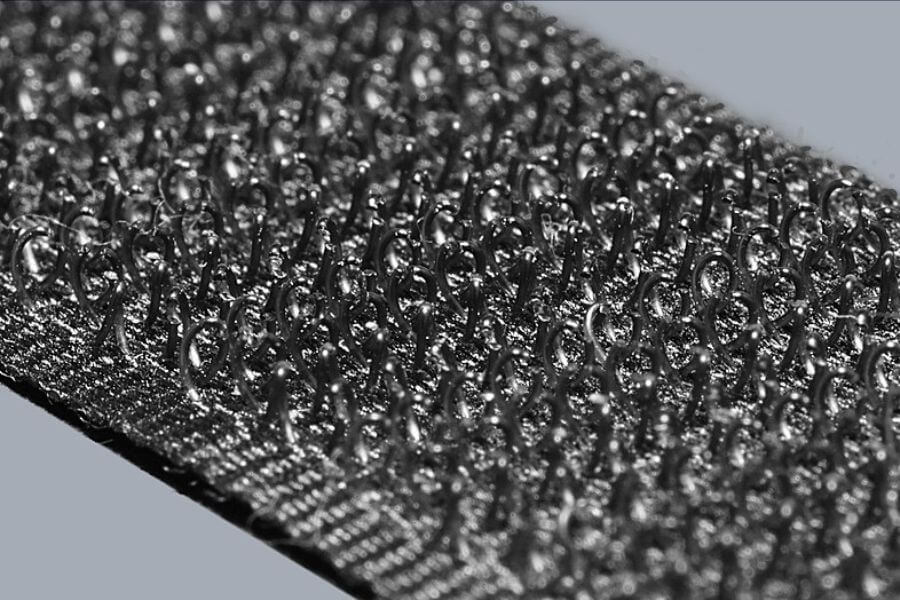
Swiss engineer George de Mestral was hiking when he noticed how burrs clung stubbornly to his clothes and his dog’s fur. Instead of getting annoyed, he examined them under a microscope.
He saw tiny hooks that allowed the burrs to grip fabric. Inspired, he created a hook-and-loop fastener, which became Velcro. His accidental discovery turned into a billion-dollar industry.
Today, Velcro is used in clothing, shoes, and even space suits. A simple walk in the woods led to one of the most practical inventions in history.
Dynamite: The Happy Accident That Made Explosives Safer

In the 1860s, nitroglycerin was a powerful but unpredictable explosive. It was extremely unstable, often detonating unexpectedly, making it difficult and dangerous for scientists to handle.
One day, Alfred Nobel dropped a vial of nitroglycerin onto sawdust. Surprisingly, it didn’t explode. He realized the sawdust absorbed and stabilized the volatile substance, preventing detonation.
Inspired, he experimented further and found kieselguhr, a silica-based material, worked even better. This led to dynamite, a safer explosive that transformed mining, construction, and warfare.
Smart Dust a Lab Explosion That Created Tiny Tech
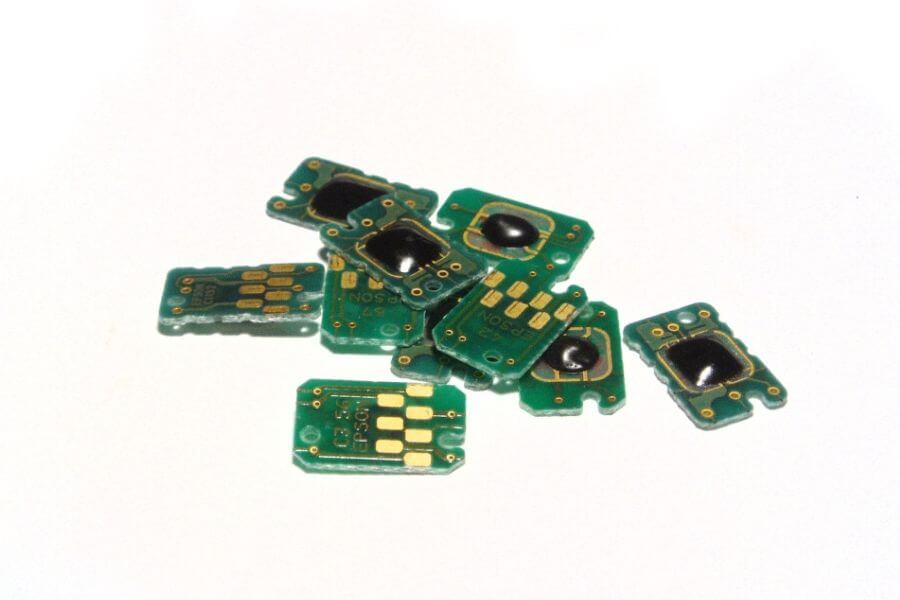
In the 1990s, researchers were developing tiny silicon chips when an accidental explosion shattered them into microscopic particles. Instead of trashing them, scientists realized they could be useful.
These tiny particles functioned as wireless sensors, capable of detecting environmental changes, tracking movement, and even monitoring health.
What started as debris became an advanced tool for gathering data. Today, smart dust is used in medicine, military surveillance, and industrial monitoring.
Plastic Wrap Was Born Out of a Sticky Lab Mess

In the 1940s, a researcher at Dow Chemical discovered a sticky, clear substance on his lab equipment. It refused to wash off, clinging stubbornly to everything.
Instead of considering it a failure, scientists refined the material, realizing it could be used to keep food fresh. This unexpected discovery led to plastic wrap.
Now, plastic wrap is a kitchen staple, preserving meals and preventing spills. A frustrating lab experiment turned into one of the most useful household items in the world.
Inkjet Printer: A Heated Mistake That Changed Printing
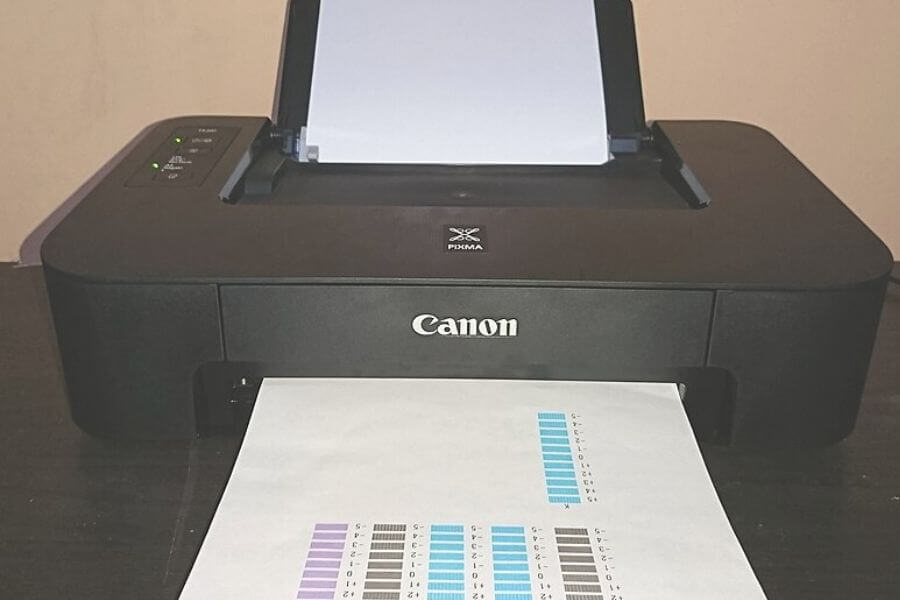
A Canon engineer was fixing a soldering iron when he accidentally touched it to an ink-filled syringe. To his surprise, the heat made the ink spurt.
This observation led to the development of inkjet printers, which use heat to push ink through tiny nozzles onto paper. A simple mistake revolutionized modern printing.
Now, inkjet printers are found everywhere, from homes to offices. A tiny accident created a faster, cheaper, and more efficient way to print documents and images.
The Safety Pin Was a Simple Idea That Solved A Problem
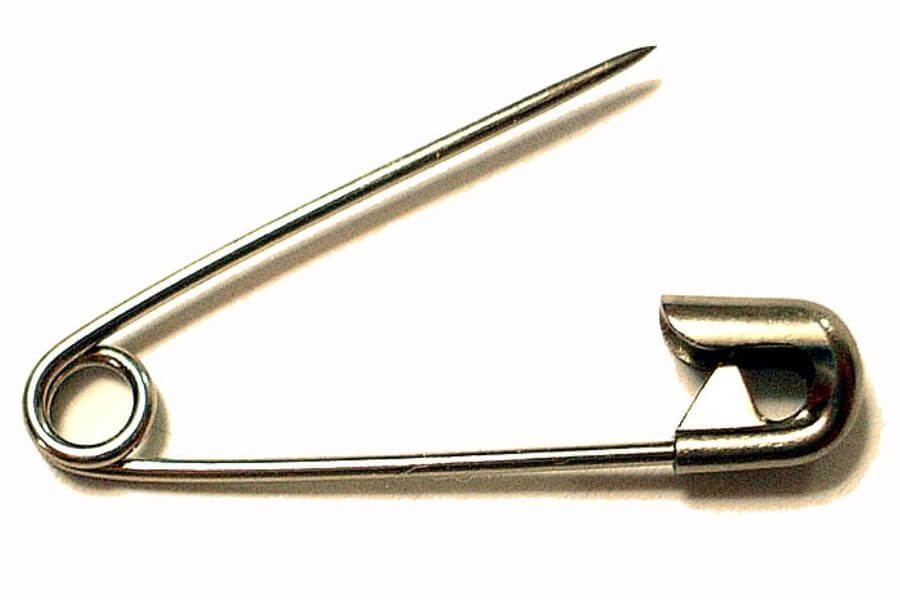
Walter Hunt was twisting a piece of wire while brainstorming ways to pay off a debt. He accidentally shaped it into a self-locking fastener.
Realizing its potential, he refined the design and created the safety pin. This tiny invention became an essential tool for fastening clothing and quick fixes.
Today, safety pins are used for everything from sewing to emergencies. A moment of financial desperation led to one of the simplest yet most practical inventions ever.
Chocolate Truffles Were Born Out Of a Kitchen Mistake

In the 1920s, a French pastry chef accidentally poured hot cream into a bowl of chocolate instead of mixing it with sugar and eggs. He expected disaster.
Instead of discarding it, he stirred the mixture and created a rich, velvety paste. He rolled it into small balls and coated them in cocoa powder.
Now, chocolate truffles are a luxurious delicacy enjoyed worldwide. A simple kitchen mistake led to one of the most indulgent and elegant chocolate treats ever created.
Viagras Was a Heart Pill That Took an Unexpected Turn
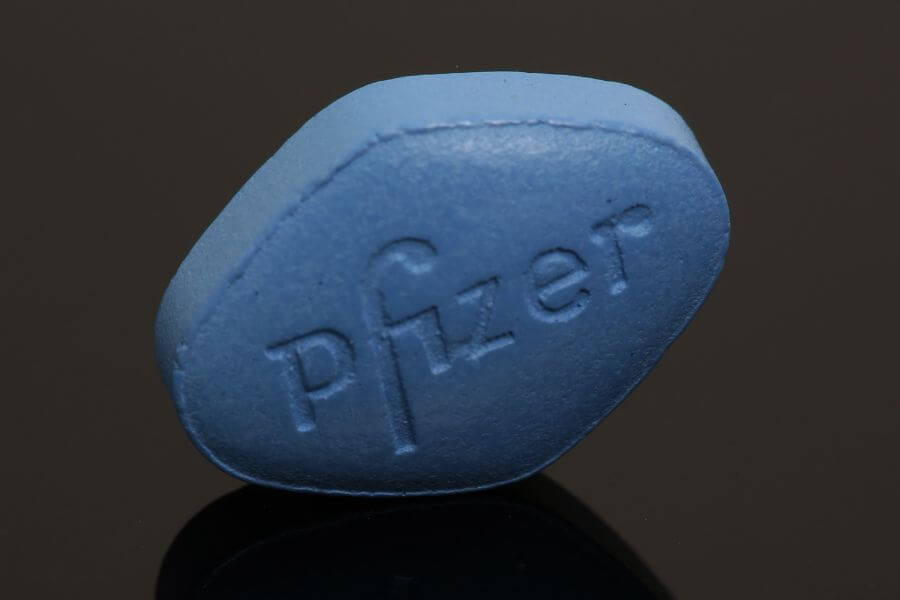
Viagra was originally developed to treat angina, a heart condition that restricts blood flow. Scientists hoped it would improve circulation, but early drug trials showed disappointing results.
However, researchers noticed an unexpected side effect—male participants were experiencing more frequent and longer-lasting erections.
The heart medication had stumbled into an entirely different, and very lucrative, market. Instead of scrapping the drug, Pfizer rebranded it as Viagra, creating a billion-dollar industry.





